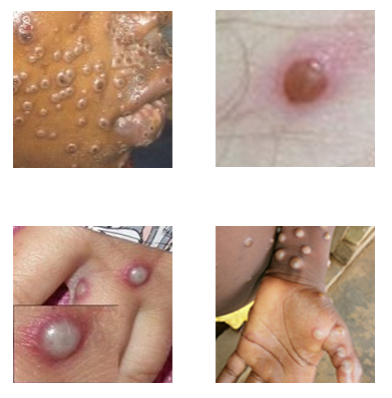5 Things to Know for Flu Season 2022-2023
Flu season is around the corner and NOAH is ready to keep you and your family protected. We know that with COVID there might be additional questions about the virus, symptoms, and the vaccines. NOAH has you covered with these top five things to know about flu season.
1. Flu Season is Almost Here
Flu season officially starts in October and can last through May of the following year. But the peak of flu usually happens around December through March with February being the month that often has the most flu cases nationwide.
2. Try These Safety Measures Stop the Flu
Many of the things we continue to do to slow or stop the spread of COVID like extra hand washing, more antibacterial gels and wipes, staying home when sick, and wearing masks (especially if sneezing or coughing), will help reduce the flu as well!
3. The Flu Vaccine Helps
Every year, flu shot manufacturers identify the strains of influenza A and B that pose the most risk for the coming season. Flu shots also include H1N1, and because of flu shots, H1N1 isn’t causing outbreaks anymore. Flu shots are adjusted every year with new influenza (flu) strains because it mutates like all viruses.
4. Flu Shots are Optimized by Age Group
Children are a high-risk group with flu so anyone 6 months and older should get the flu shot. When children under eight are getting the flu vaccine for the first time ever, they will need to have two doses, given four weeks apart. The following flu seasons will be just one dose.
A high-dose flu vaccine made specifically to support the more fragile immune system of people ages 65 and up is also available during flu season.
5. Flu Shots and COVID Shots Can Go Together
The CDC says that it is safe to get the flu and COVID vaccines/boosters at the same time. If you have any concerns about potential side effects or changes in effectiveness of the vaccines if given together we suggest talking to your NOAH provider to come up with a vaccine plan that is right for you. NOAH is administering bivalent COVID boosters along with flu vaccines in all of our health centers.
Almost everyone can and should get the flu shot every year. Even people with egg allergies can talk with their healthcare providers about egg-free vaccine options. The only people who shouldn’t get vaccinated for the flu are patients under 6 months old or someone with history of an anaphylactic reaction to the flu shot or one of its components.
The CDC has a lot of information about flu season including updated flu cases and vaccine activity on their website here. If you have questions about the flu vaccine or want to schedule your appointment, contact NOAH today!



